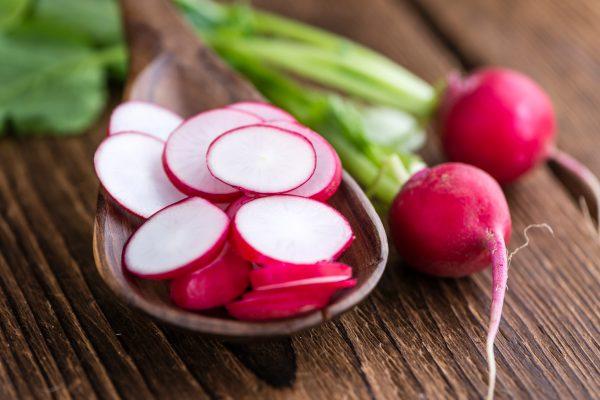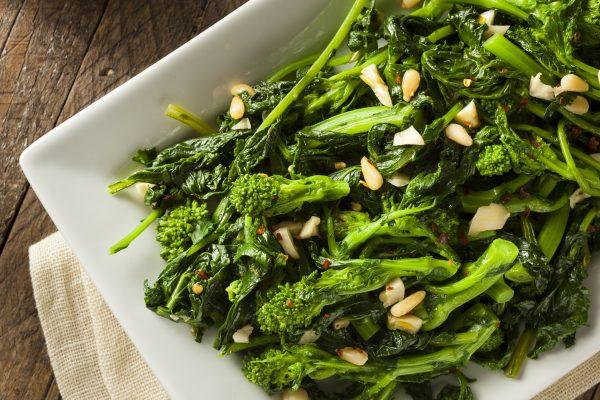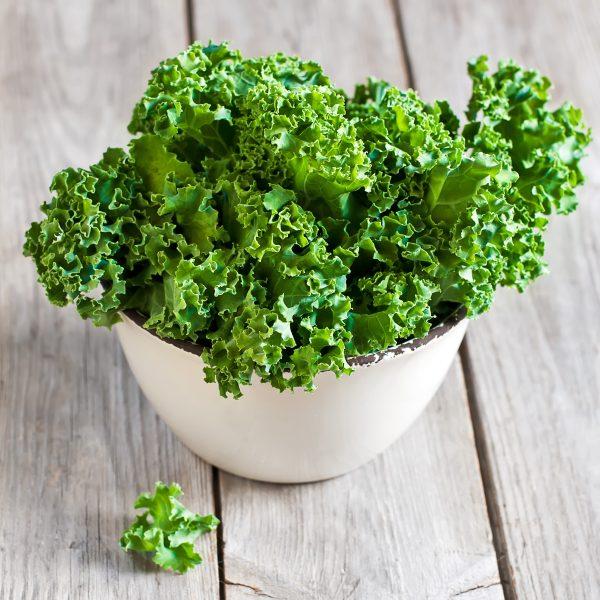Today I want to talk to you about one of my favorite topics: thyroid health. And one question that always comes up when we talk about the thyroid is about brassicas.
First, what is a brassica?
When we refer to the brassica family, we’re speaking about those cruciferous veggies you know, love, or possibly fear, green leafies such as these:- Broccoli
- Kale
- Brussels sprouts
- Cauliflower
- Collard greens
- Mustard greens
- Broccoli rabe
- Arugula
- Bok choy
- Napa cabbage
- Some roots like radish, turnips, horseradish, and wasabi
Brassica, basically meaning “cabbage,” is simply the Latin name for this family of gems.
The brassica are powerhouses of nutrients, including vitamin C, vitamin K, the complex of B vitamins, and carotenoids.
And yet one person’s food can be another person’s poison. I get it. This can be confusing.
What is a goitrogen?
Curiously, these prized plant foods also contain compounds that can cause thyroid hormone deficiency under one of several conditions:- If eaten in excess (an amount dictated by the individual, not the measuring cup)
- In the presence of mineral deficiency, such as iodine
- In the presence of mineral excesses, as is the case of calcium or fluorine
Many doctors, including the most renowned thyroid experts, say that it’s nearly impossible to consume enough goitrogens to become a real problem unless the foods highest in this plant chemical—turnips and rutabagas—are eaten daily, as a staple, and in the presence of iodine deficiency.
Of course we’re all unique beings. We each have different mineral stores and shortages. Your proximity to the healing or harmful effects of any food or practice is different than mine or your neighbors’. I'd be remiss if I did not speak this truth.
Yet, because of their rich antioxidant and fiber content, beneficial for most health conditions, I do not recommend (nor do I practice) brassica evasion. (I say this as someone who has a thyroid disorder and has learned to manage it and teach others to do the same.)
You may be of the belief that cooking helps to dissolve and inactivate the goitrogens in your brassicas, and it’s true. Yet there is no clear evidence about the amount of heat or the time exposed to the heat that will do this.
That said, some cooking and moderation will enable you to reap the benefits of your cruciferous veggies, inviting the friend and forsaking the foe.
As I noted, I’m a fan of all brassicas, most particularly for their liver-loving life force.
They are nearly unrivaled as a food source for activating glutathione (the mother of all antioxidants) and supporting detoxification of many chemical substances through your liver.
The truth is that there is so much to explore in how we eat and support our unique health needs. Despite bio-individuality, I love that we now have a world where we don’t have to do it alone.








